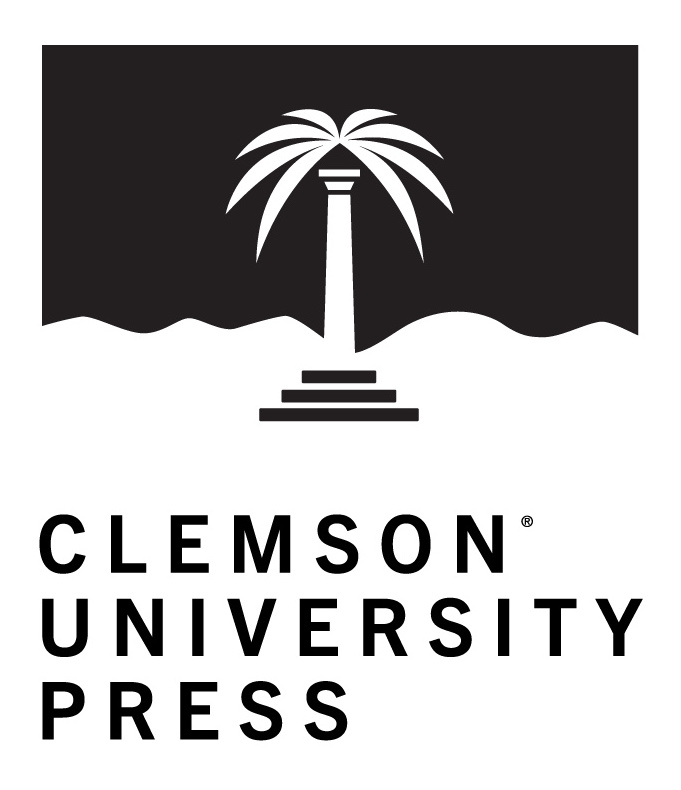DOI
https://doi.org/10.34068/IYS.04.01.03
Abstract
As people who love and admire Yeats, we need to reckon with the fact that digital technology is profoundly transforming the ways that readers encounter and thus experience his poetry. I’ll begin on a mostly pessimistic note, arguing that digital media tends to encourage a mode of reading that is oriented toward the acquisition of practical knowledge and, in so doing, works to undercut the type of aesthetic experience that many of us traditionally associate with reading poetry. Next, I’ll briefly mention the lessons that we can learn from Yeats’s own efforts to use a new mass communication technology, radio, to encourage the public to see poetry as a living and communal form of art—which for him meant teaching people to appreciate those aural aesthetic qualities that are most apparent when a poem is chanted, sung, or read aloud. Finally, I’ll return to the relationship between Yeats’s poetry and digital technology in the present, offering a more hopeful take in which I’ll sketch out some of the ways that teachers can use digital tools to foster a mode of reading that, instead of fixating on practical knowledge, opens students up to the types of profound questions that this art form can evoke. Building on Marjorie Perloff’s work, this is a form of aesthetically-engaged reading that begins with the recognition “that a poem …is a made thing—contrived, constructed, chosen—and that its reading is also a construction on the part of the audience.”1
Recommended Citation
Doggett, Rob
(2020)
"Yeats and Digital Pedagogy,"
International Yeats Studies: Vol. 4:
Iss.
1, Article 4.
DOI: https://doi.org/10.34068/IYS.04.01.03
Available at:
https://open.clemson.edu/iys/vol4/iss1/4



